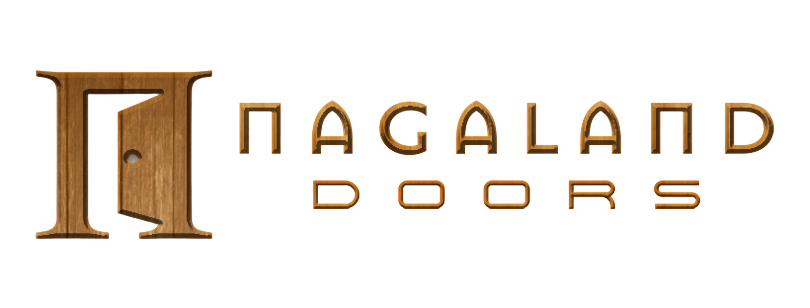A modular kitchen is a game-changer for homeowners who desire a modern, efficient, and stylish cooking space. Designed with prefabricated modules that can be customized to fit your space and needs, it offers the ultimate blend of practicality and aesthetics. One of the best materials to consider for your modular kitchen is High-Density High Moisture Resistance (HDHMR) boards.
What is HDHMR?
HDHMR is an engineered wood product made from hardwood fibers that are compressed under high pressure and temperature. It offers exceptional durability, moisture resistance, and strength, making it an ideal choice for modular kitchen cabinets, countertops, and other components.
Benefits of HDHMR for Modular Kitchens:
- Moisture Resistance: HDHMR boards have a high resistance to moisture, making them less prone to warping and swelling, which are common issues in kitchens due to constant exposure to humidity and water.
- Durability: With a higher density than MDF, particleboard and plywood, HDHMR ensures long-lasting strength and resistance to wear and tear, ensuring your kitchen components stay in top shape for years to come.
- Eco-friendly: Made from sustainable resources and using formaldehyde-free adhesives, HDHMR is an environmentally friendly choice for your modular kitchen.
- Easy Maintenance: HDHMR boards have a smooth surface that is easy to clean, making it a practical choice for busy households.
- Easy Lamination: HDHMR boards have a smoother surface than plywood, making the lamination process easier and the finish more uniform. This means you can achieve a flawless, high-quality appearance with your choice of laminates.
- Superior Duco Paint Finish: Applying duco paint on HDHMR results in a better finish due to the board’s smooth surface, allowing for an even distribution of paint and a stunning appearance for your kitchen components.
- Custom Carvings and Molding: HDHMR can be carved and molded like wood, offering greater design flexibility and the ability to create unique, intricate patterns not possible with plywood. This allows for truly personalized and distinctive kitchen components.
HDHMR is available in various forms, including plain, prelaminated, and acrylic board.
- Plain HDHMR: This is the most basic form of HDHMR, featuring a smooth, uniform surface without any additional finishes. Plain HDHMR boards are ideal for those who want to customize their kitchen components with their choice of laminates, veneers, or paints. These boards provide a versatile base that can be tailored to suit your specific design preferences.
- Prelaminated HDHMR: These boards come with a laminate layer already applied, which can save time and effort during the installation process. The prelaminated HDHMR offers a wide range of designs and colors, allowing you to select the perfect match for your kitchen’s aesthetics. These boards are ideal for homeowners looking for a hassle-free, ready-to-install solution.
- Acrylic HDHMR: Acrylic boards feature a high-gloss, scratch-resistant surface that adds a touch of luxury and sophistication to your kitchen. These boards are known for their vibrant colors, excellent light reflection, and easy maintenance. Acrylic HDHMR is an excellent choice for those seeking a modern, premium look for their modular kitchen.
When planning your modular kitchen, consider the benefits and characteristics of each type of HDHMR to find the best fit for your needs and design preferences. With the versatility of HDHMR in its various forms, you can create a stunning, durable, and functional cooking space that truly reflects your individual style.
Creating a Modular Kitchen with HDHMR:
- Plan Your Layout: Start by measuring your kitchen space and deciding on a suitable layout for your modular kitchen. Popular options include L-shaped, U-shaped, and parallel designs. Consider the placement of appliances, storage, and workspaces to ensure a smooth workflow.
- Choose Your Modules: Pick the right combination of modules to suit your storage and functionality needs. These can include base cabinets, wall cabinets, tall units, and specialized modules like corner units and pull-out systems.
- Customize with HDHMR: Select HDHMR boards for the construction of your modular kitchen components. Work with a kitchen designer or manufacturer like Nagaland Doors to choose the right thickness and finishes for your cabinets, countertops, and other elements. The most widely used thickness are 18mm, 12mm, 8mm and 5.5mm and size of board is 8 ft x 4 ft. With our expertise in designing and constructing modular kitchens, Nagaland Doors can help bring your dream kitchen to life.
- Add Accessories: Enhance your kitchen’s functionality with accessories like drawer organizers, pull-out trays, and built-in appliances. Make sure these accessories are compatible with the HDHMR material.
- Installation: Work with a professional installer like Nagaland Doors to assemble and install your modular kitchen. Their team will ensure that the HDHMR components are correctly fitted and secured, creating a seamless and functional kitchen space.
By partnering with Nagaland Doors, you’ll have access to experienced professionals who can help you design, customize, and install your HDHMR modular kitchen. With our guidance, you can create a stylish, functional, and long-lasting cooking space that meets your needs and elevates your home’s aesthetics. So go ahead, transform your kitchen with the power of HDHMR and enjoy a beautiful, practical, and eco-friendly culinary experience.
Reach out to Nagaland Doors today and bring your dream kitchen to life.

